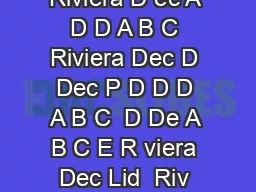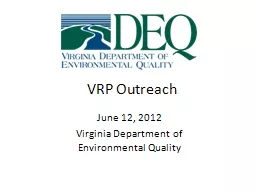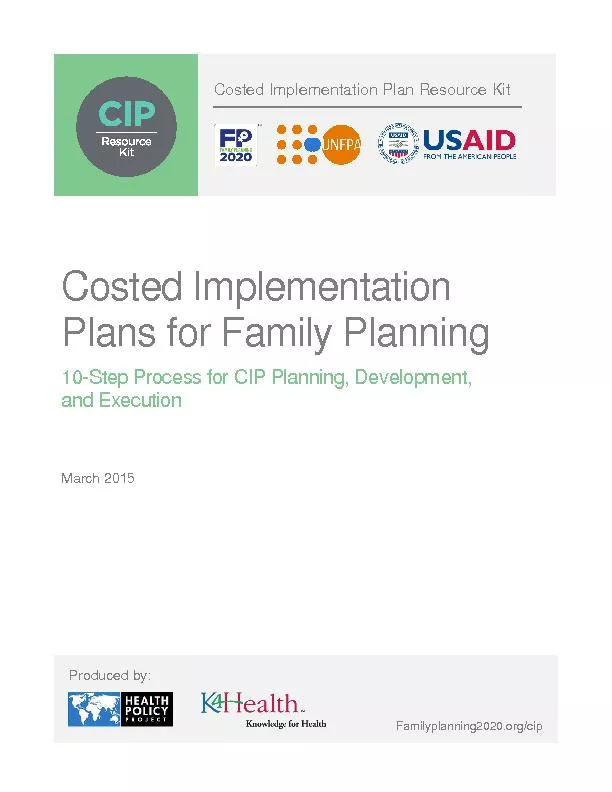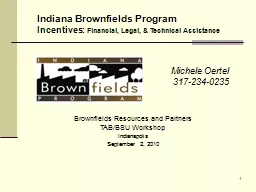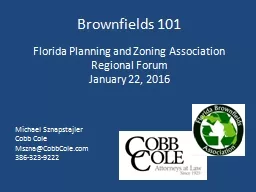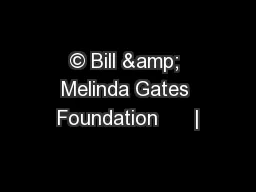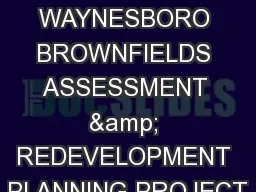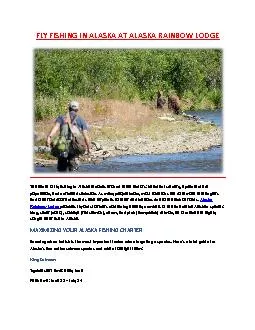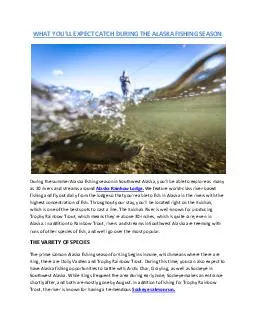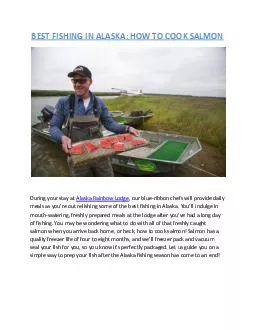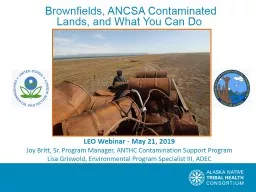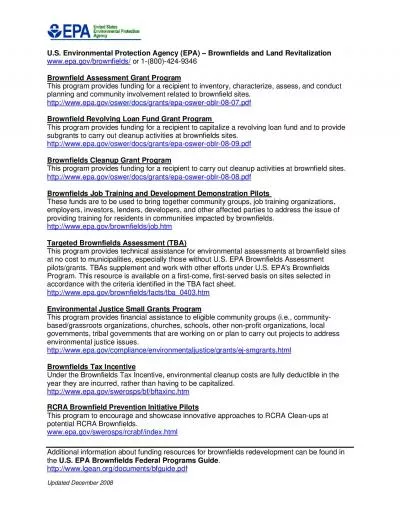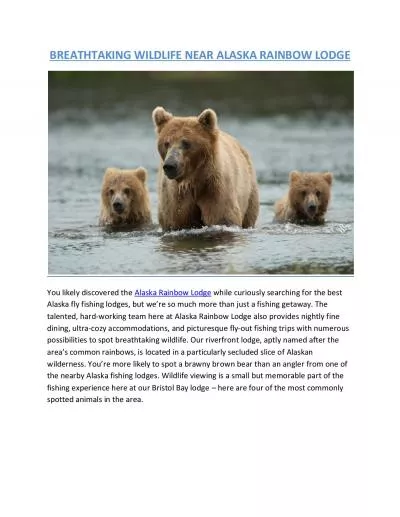PPT-Addressing Brownfields in Alaska Melinda Brunner DEC Contaminated Sites Program
Author : test | Published Date : 2019-11-04
Addressing Brownfields in Alaska Melinda Brunner DEC Contaminated Sites Program 20 th Annual Alaska Tribal Conference on Environmental Management Anchorage Alaska
Presentation Embed Code
Download Presentation
Download Presentation The PPT/PDF document "Addressing Brownfields in Alaska Melind..." is the property of its rightful owner. Permission is granted to download and print the materials on this website for personal, non-commercial use only, and to display it on your personal computer provided you do not modify the materials and that you retain all copyright notices contained in the materials. By downloading content from our website, you accept the terms of this agreement.
Addressing Brownfields in Alaska Melinda Brunner DEC Contaminated Sites Program: Transcript
Download Rules Of Document
"Addressing Brownfields in Alaska Melinda Brunner DEC Contaminated Sites Program"The content belongs to its owner. You may download and print it for personal use, without modification, and keep all copyright notices. By downloading, you agree to these terms.
Related Documents


